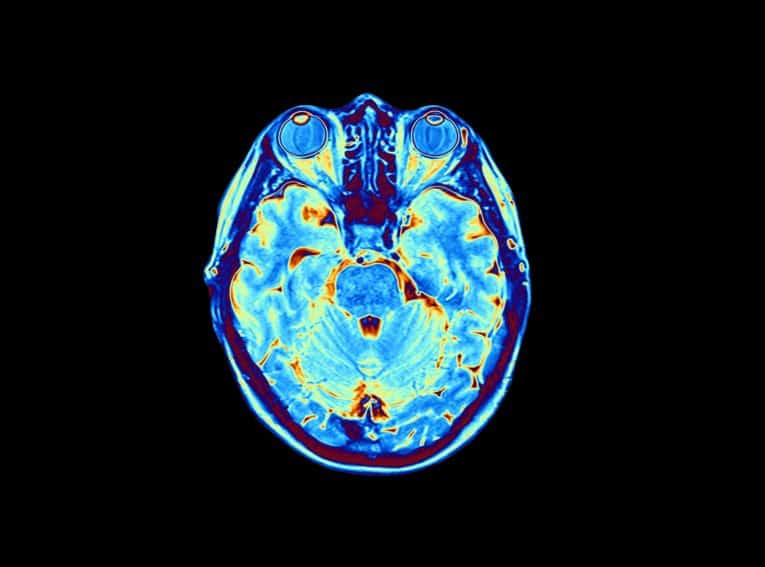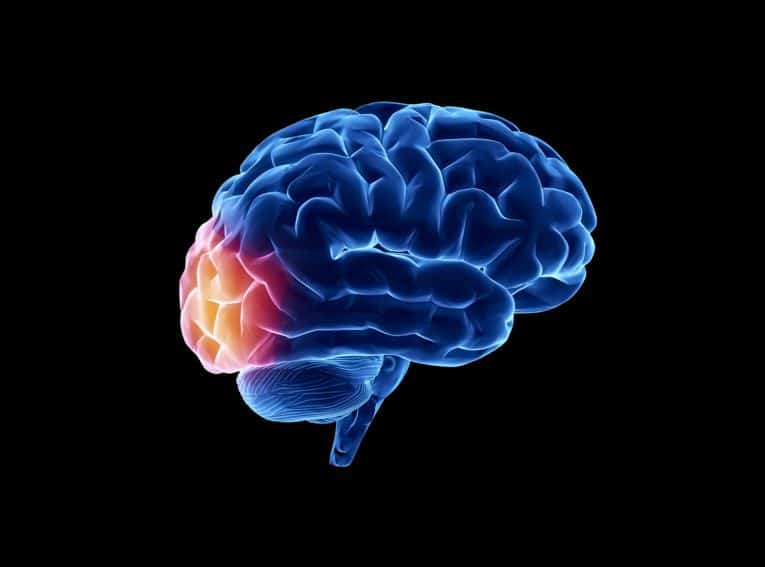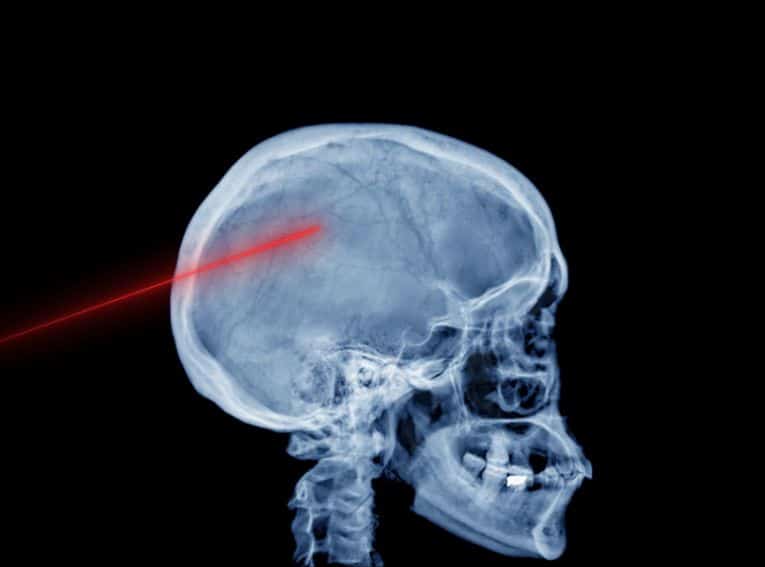
Procedures We Perform
Lumbar Laminectomy
A laminectomy is a surgical procedure to relieve the spinal nerve compression that results from spinal stenosis or a herniated disc. Spinal stenosis is a narrowing of one or more areas of the spinal canal. A herniated disc results when a disc, the gelatinous tissue between two vertebrae, protrudes outside the parameters of the spine. Both spinal stenosis and disc herniation result in excessive pressure on adjacent spinal nerves, causing pain, cramping, numbness, tingling or weakness in the neck, shoulders, arms, lower back or legs, depending on where on the spine the problem occurs. Both conditions may result from aging, injury, or arthritic deterioration.
While many cases of spinal stenosis or disc herniation can be successfully treated through one or more conservative methods, such as rest, nonsteroidal anti-inflammatory drugs (NSAIDs), physical therapy, or the support of a back brace, in some instances these treatments are insufficient. If the symptoms of spinal stenosis or disc herniation become progressively worse, a laminectomy may become necessary. This minimally invasive surgical procedure can provide effective relief from the pain, numbness or weakness many patients experience.
The Laminectomy Procedure
A laminectomy is performed through the affected area of the back while the patient is under general anesthesia. The surgeon makes an incision and retracts the muscles and ligaments to obtain access to the spine. An imaging device, such as an X-ray, is typically used during the surgery so that the structures of the vertebrae can be precisely visualized and the problem area pinpointed.
Depending on the extent of the damage, the lamina may be removed in portions or in its entirety on both sides of the spine. The surgeon will then assess the region, removing any necessary calcified cartilage or spinous processes, the sharp protrusions at the back of each vertebra. By removing the lamina, bone spurs and other debris, the compression of the spinal cord and spinal nerves is alleviated and symptoms improve. The laminectomy procedure typically lasts from 1 to 3 hours.
Recovery from a Laminectomy
A laminectomy usually relieves much or all of the pain and numbness in the arms or legs that patients have suffered as a result of stenosis or disc herniation. After the procedure, patients typically remain in the hospital for several nights. Soon afterward, a physical therapy regimen is begun to build up muscle strength and flexibility. For several weeks following the procedure, activities that require reaching, bending and lifting will be restricted. Most people will be able to return to work in approximately 3 months.
Risks from a Laminectomy
A laminectomy is a spinal surgery procedure and as such, it carries some risk. The complications that may be associated with this procedure include postsurgical infection, blood clot formation, breathing problems, nerve damage and adverse reaction to medication or anesthesia. The great majority of laminectomy procedures are successful and uneventful.
Welcome to the office of neurosurgeon Dr. Vikas Rao, where your health comes first. Below are some of the neurosurgical treatments that we offer in Mission Viejo, CA:
Contact us today
Your concerns are important to us, and we want to make sure all of your questions are answered so you understand your options. Please contact our office with any questions, and our team will be happy to assist you.
Give us a call
We're open to serve
Book an appointment
Our doctor and staff are devoted to our patients. Please fill out the form below with any questions or to schedule an appointment and our team will get back to you within 24 to 48 hours.





